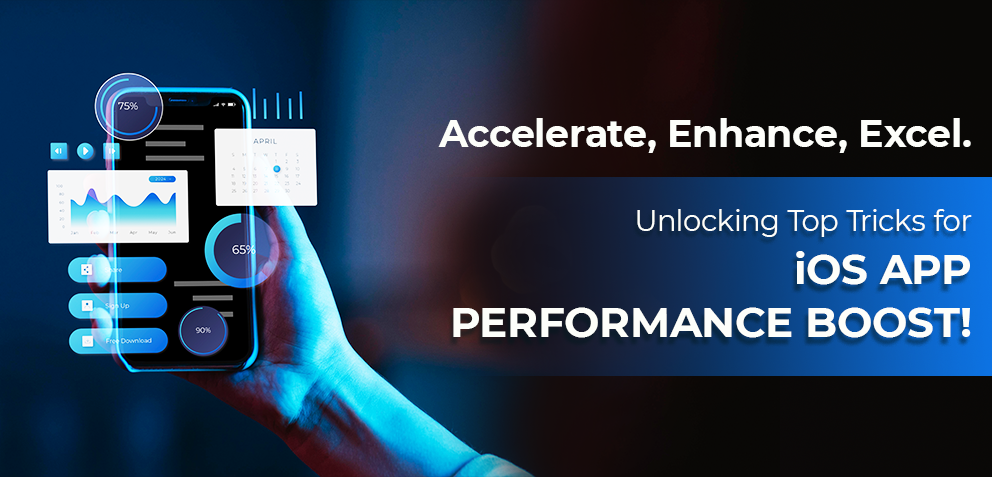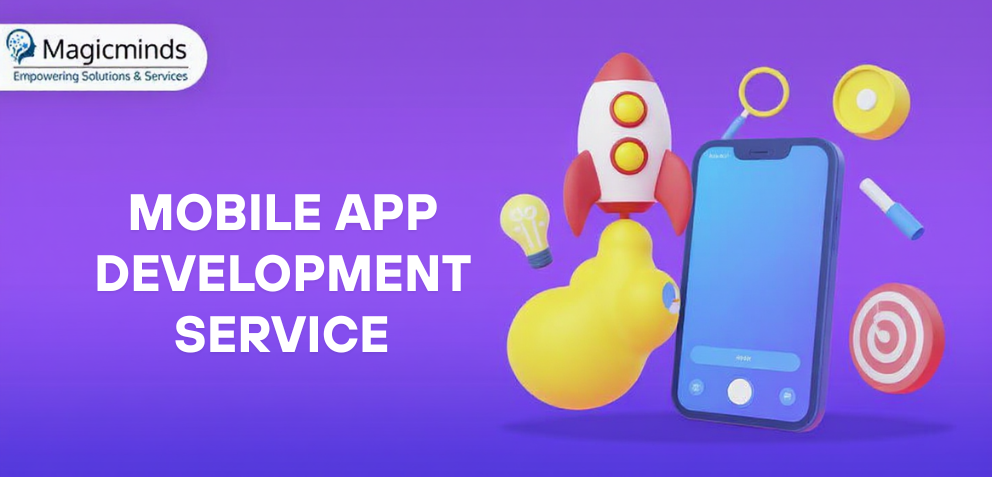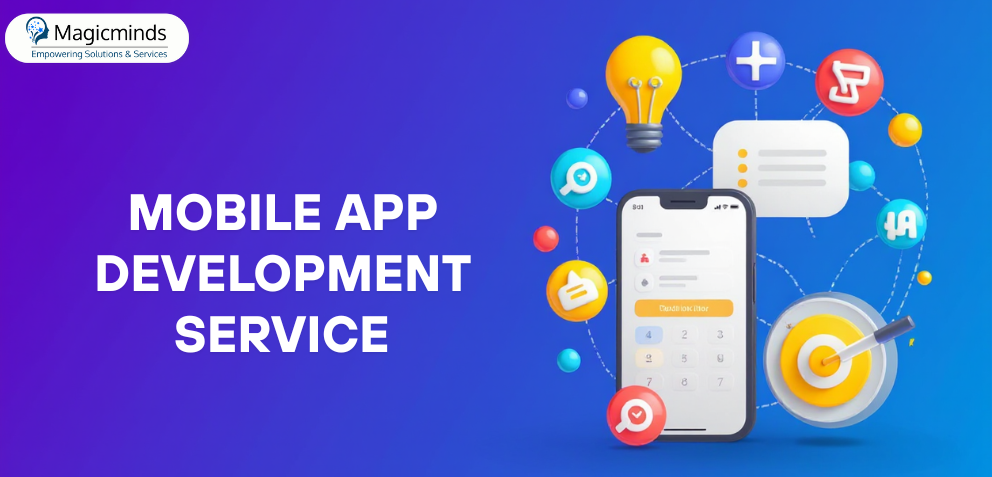Pro Tips for Optimal Performance in iOS App Development

Tags
 Stay In-the-loop
Stay In-the-loop
Get fresh tech & marketing insights delivered right to your inbox.
Share this Article
Category
- .Net Developer
- Adtech
- Android App Development
- API
- App Store
- Artificial Intelligence
- Blockchain Development
- Chatbot Development
- CMS Development
- Cybersecurity
- Data Security
- Dedicated Developers
- Digital Marketing
- Ecommerce Development
- Edtech
- Fintech
- Flutter app development
- Full Stack Development
- Healthcare Tech
- Hybrid App Development
- iOS App Development
- IT Project Management
- JavaScript development
- Laravel Development
- Magento Development
- MEAN Stack Developer
- MERN Stack Developer
- Mobile App
- Mobile App Development
- Nodejs Development
- Progressive Web Application
- python development
- QA and testing
- Quality Engineering
- React Native
- SaaS
- SEO
- Shopify Development
- Software Development
- Software Outsourcing
- Staff Augmentation
- UI/UX Development
- Web analytics tools
- Wordpress Development
In the dynamic landscape of iOS app development, where the Apple App Store reigns as the second-largest repository boasting approximately 1.6 million apps (Statista), the competition for user attention is nothing short of fierce. Brands navigate through a crowded field, vying to secure a coveted spot on users’ iPhones and retain their interest amidst a plethora of alternatives.
In this arena, performance becomes the linchpin that determines the fate of an app—deciding whether it will thrive in users’ devices or face the uninstallation ax. The power to make this ultimate choice lies in the hands of businesses aiming to create a lasting impact on their target audience through iOS app development.
In this blog, we delve into a comprehensive exploration of strategies to enhance the performance of iOS apps. From customized features to security protocols, we unveil the best practices that will empower businesses to not only stand out but also thrive within the lucrative iOS ecosystem, fostering customer loyalty and securing sustained growth.
Necessity of Monitoring App’s Performance While iOS App Development
Why do we need application performance monitoring?
Monitoring an app’s performance is imperative for optimal functionality. It ensures timely detection of bottlenecks, crashes, or resource issues, allowing swift resolution to enhance user experience.
Performance metrics provide crucial insights into user behavior, aiding in strategic updates and feature improvements—proactive monitoring safeguards against downtime, preserving user trust and satisfaction.
Additionally, it facilitates efficient resource utilization cost-effectiveness, and aligns with industry best practices for robust app management. Continuous performance monitoring is indispensable for delivering a seamless, reliable, and high-quality app experience.
Importance of High-Performing iOS App Development
A high-performing iOS app ensures a seamless user experience and fosters brand loyalty. Swift responsiveness, minimal loading times, and efficient functionality are not mere luxuries but prerequisites for user satisfaction. In the fiercely competitive app market, where user expectations soar, a sluggish app risks abandonment.
Beyond immediate user gratification, superior performance directly correlates with positive reviews and app store rankings, amplifying visibility and attracting a broader user base. Moreover, in the era of mobile-first interactions, an app’s speed and reliability reflect directly on a brand’s credibility.
Consequently, investing in optimizing an iOS app pays dividends in user retention, positive word-of-mouth, and, ultimately, sustained success in the dynamic digital landscape.
Tips to Boost Efficiency of iOS App Development for Optimized Performance
Code Optimization
iOS app development demands leveraging Swift optimization advanced features. Prioritize value types like structs over classes, enhancing performance by reducing memory allocations. Employ lazy loading to defer resource-intensive tasks until necessary, promoting a responsive user experience. Leverage Swift’s powerful options judiciously to eliminate unnecessary branching.
Use Grand Central Dispatch for efficient concurrency, ensuring optimal resource utilization. Employ Instruments for profiling, identifying performance bottlenecks. Leverage Time Profiler to scrutinize CPU usage and Address Sanitizer for memory-related issues.
Tailor data structures to your app’s specific needs, harnessing Swift’s generics for flexibility without compromising efficiency. Regularly monitor and optimize critical paths to maintain peak performance. Efficient code not only enhances user satisfaction but also contributes to a seamless and resource-efficient app ecosystem.
Memory Management
Automatic Reference Counting (ARC) in iOS manages memory by automatically adding and removing object references. To avoid memory leaks and retain cycles, utilize weak references for delegate properties and break strong reference cycles with tools like weak and unowned modifiers. Leverage Instruments, Apple’s performance analysis tool, for memory profiling.
Run the Allocations instrument to identify memory usage patterns, focusing on objects that consume excessive memory. Use the Leaks instrument to pinpoint memory leaks and resolve them promptly.
Additionally, employ the Time Profiler to optimize code performance, identifying bottlenecks and enhancing overall app responsiveness. Regularly analyze and refine your codebase to ensure efficient memory management, creating a robust and responsive iOS application.
Networking Optimization
To optimize networking in iOS apps, employ URLSession efficiently by leveraging connection pooling and prioritizing critical requests. Implement intelligent caching strategies, utilizing HTTP headers like ETag and Last-Modified for conditional requests, reducing unnecessary data transfers. When handling background tasks, prioritize and schedule them judiciously using background URLSession configurations to ensure seamless user experience.
Optimize API calls by adopting pagination and selective data loading, minimizing payload sizes. Use URLSession’s URLSessionWebSocketTask for efficient WebSocket communication, and employ Combine framework for reactive programming, simplifying asynchronous code. Leverage URLSession’s URLSessionTaskMetrics for detailed performance insights.
Consider adopting URLSession’s new features introduced in recent iOS versions, such as caching images using the new async/await pattern. Prioritize network calls, ensuring key operations are completed first. These advanced techniques ensure optimal networking performance, enhancing your iOS app’s responsiveness and user satisfaction. Regulate network efficiency by employing tools to measure iOS app performance and enhance responsiveness.
UI/UX Optimization

To optimize UI/UX in iOS apps, leverage Core Animation for smooth transitions, exploiting GPU acceleration for graphics-intensive tasks. Implement lazy loading and UI component recycling to dynamically load content and efficiently manage memory, reducing load times. Minimize view hierarchy complexity by flattening structures and avoiding unnecessary nesting for improved rendering performance.
Employ advanced techniques like prefetching data to enhance responsiveness, ensuring a seamless user experience. Opt for asynchronous operations to prevent UI freezes, enhancing overall fluidity. Fine-tune animations for responsiveness, employing CADisplayLink for synchronized updates.
Prioritize offloading non-essential tasks to background threads for a responsive UI. Implementing these advanced strategies will elevate your iOS app’s performance, delivering a polished and efficient user experience.
ALSO READ: How to Choose the Right iOS Architecture for iOS App Development
Image and Asset Management
Efficient image and asset management is crucial for optimizing iOS app performance. Employ image compression techniques to reduce file size without compromising quality, ensuring swift downloads and smooth user experience. Utilize resizing to tailor images to specific UI requirements, preventing unnecessary memory usage. Organize assets in a systematic catalog, streamlining accessibility for developers.
Address diverse screen resolutions by providing multiple image versions, optimizing visual fidelity across various iOS devices. Leverage asset caching to enhance loading times and reduce network requests. Implement lazy loading for on-demand asset retrieval, minimizing initial app load times.
Regularly audit and eliminate unused assets to declutter the project. Embrace Apple’s Asset Catalog to centralize management and simplify updates. Employing these strategies ensures a streamlined, high-performance iOS app, enhancing user satisfaction and engagement.
Concurrency and Multithreading
In iOS app optimization, leverage Operation Queues for efficient task management, ensuring seamless concurrency. Prioritize thread safety by using locks, semaphores, or DispatchQueue barriers to prevent race conditions, enhancing app stability.
Embrace Grand Central Dispatch (GCD) for streamlined asynchronous operations, enhancing responsiveness. Employing these strategies fosters a well-orchestrated multithreading environment, optimizing performance and delivering a smooth user experience. Implementing multithreading in iOS Swift enhances app performance and responsiveness for a smoother user experience.
App Launch Time Optimization
To optimize iOS app launch time, focus on reducing startup latency by implementing asynchronous loading of resources. Prioritize essential resources for immediate functionality, deferring non-essential elements. Minimize dependencies at launch to streamline the loading process, avoiding unnecessary overhead. Optimize image assets, employ lazy loading, and leverage background threads for resource-heavy tasks.
Utilize Swift’s performance-centric features, like lazy loading and background queues, to enhance overall responsiveness. Implement code profiling tools to identify bottlenecks and address them for a smoother startup experience. Regularly update and streamline your codebase to benefit from performance improvements introduced in newer iOS versions.
By adopting these practices, you can significantly enhance your iOS app’s launch performance, providing users with a seamless and responsive experience from the moment they open the application.
Energy Efficiency
Is iOS power efficient? In crafting an energy-efficient iOS app, prioritize battery-friendly coding practices by minimizing unnecessary background processes and optimizing resource-intensive operations. Thoughtful management of location services is crucial; leverage low-power modes, limit frequent updates, and employ region monitoring judiciously. Ensure sensor usage is optimized—activate sensors only when essential, and implement efficient data handling.
Background processing demands strategic design; streamline tasks and employ system triggers judiciously to conserve energy. Employ Apple’s energy-efficient APIs and tools, such as Core Location and Core Motion frameworks, for optimal sensor utilization.
Rigorous testing across various device models and iOS versions is imperative to validate performance and energy efficiency. By adhering to these principles, your iOS app can deliver a seamless user experience while conserving battery life.
RELATED READ: Green IT in Mobile App Development: 7 Best Practices
App Size Reduction
To optimize iOS app performance, focus on meticulous app size reduction. Begin by scrutinizing and eliminating redundant code and resources, ensuring your app retains only essential components. Employ dynamic library and framework analysis, excluding any unnecessary dependencies. Embrace Apple’s App Thinning techniques, including slicing assets, so users download only device-specific resources.
Leverage on-demand resources to load content dynamically, reducing initial app size. Prioritize modularization to load features on demand, enhancing responsiveness. Regularly audit third-party libraries, retaining only crucial ones.
Employ aggressive compression for images and assets. Constantly monitor and refine your app’s size to strike the ideal balance between functionality and efficiency, delivering a seamless user experience.
Data Storage and Persistence
What is data persistence in iOS? Efficient data storage and persistence are paramount for optimal iOS app performance. Leveraging Core Data, a robust framework, ensures seamless management of the app’s data model. Employing indexing and efficient fetching techniques in Core Data enhances retrieval speed. judiciously implementing caching mechanisms aids in swift access to frequently used data, reducing latency.
Prioritize asynchronous loading to prevent UI freezes during data retrieval. Strategically manage temporary files, employing proper cleanup mechanisms to prevent clutter and mitigate storage issues. Regularly monitor and optimize database queries to maintain optimal performance levels. Balancing efficient data structures, like Codable, and optimizing disk I/O operations further contribute to a responsive user experience.
By embracing these practices, developers can elevate iOS app performance through meticulous data storage and persistence strategies.
Localization Optimization
To enhance localization and optimize performance in your iOS app, employ efficient strategies. Utilize NSLocalizedString for string localization, ensuring concise and context-aware translations. Minimize the use of heavy images by adopting asset catalogs for localized image sets, tailoring visuals for different regions.
Opt for dynamic layouts and Auto Layout to accommodate varying text lengths in different languages, preventing layout issues. Employ lazy loading for localized content to enhance loading speed and responsiveness.
Additionally, leverage on-demand resource loading for locale-specific assets, optimizing app size. Regularly monitor and refine your localization files to eliminate redundancies and maintain an agile, high-performing application across diverse language settings.
Performance Testing Tools for iOS App Development
For iOS performance testing, several authoritative tools ensure robust app functionality. Xcode’s built-in Instruments stands out, offering a comprehensive suite for profiling, analyzing CPU, memory, and network usage. Leveraging XCTest and XCUITest facilitates automation of performance tests, ensuring reliability.
Additionally, Appium, an open-source cross-platform tool, supports iOS performance testing, enhancing scalability. TestFlight, integrated into the Apple ecosystem, aids in real-world beta testing, providing valuable insights into user experience and performance under diverse conditions.
These tools collectively empower developers to identify and rectify performance bottlenecks, enhancing the overall stability and efficiency of iOS applications. Moreover, for a better experience discover the best iOS performance testing tools to optimize your app’s speed and responsiveness.
Choosing the Right Tool for Automated Testing
Select a testing tool like XCTest or Appium for iOS apps, aligning with your project’s requirements. Prioritize XCTest for native app testing, leveraging its seamless integration with Xcode. Employ performance profiling tools like Instruments to identify bottlenecks.
Focus on scripting efficient test cases, utilizing XCTest’s capabilities for UI and performance testing. Regularly monitor app metrics during testing, addressing memory leaks and optimizing code. Integrate continuous testing into your pipeline for swift feedback.
Strive for a balanced test suite that covers functionality, reliability, and performance aspects. Stay updated on the latest tools and methodologies to adapt and enhance your testing strategy. Consider hiring iOS app developers to ensure seamless integration of automated testing tools.


